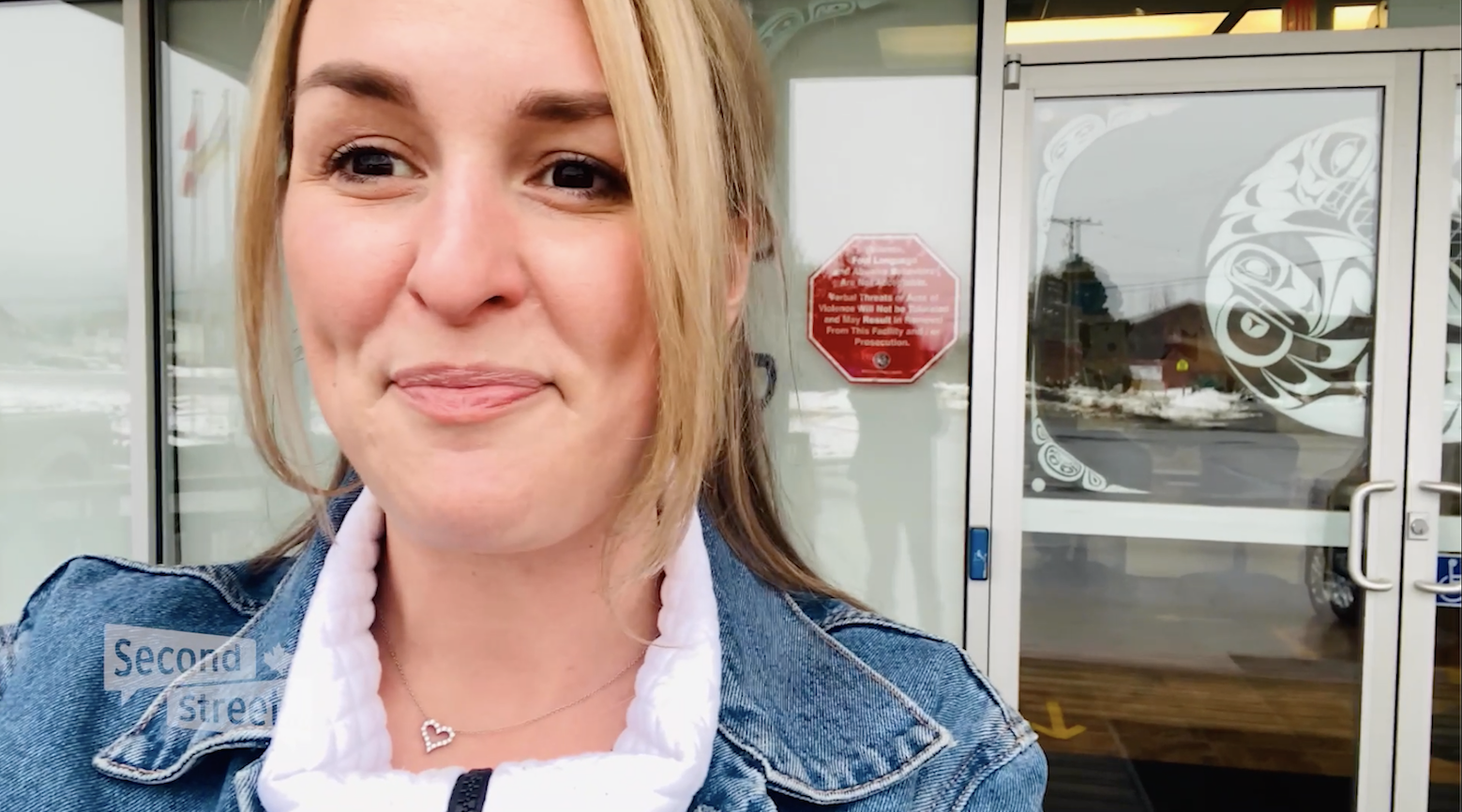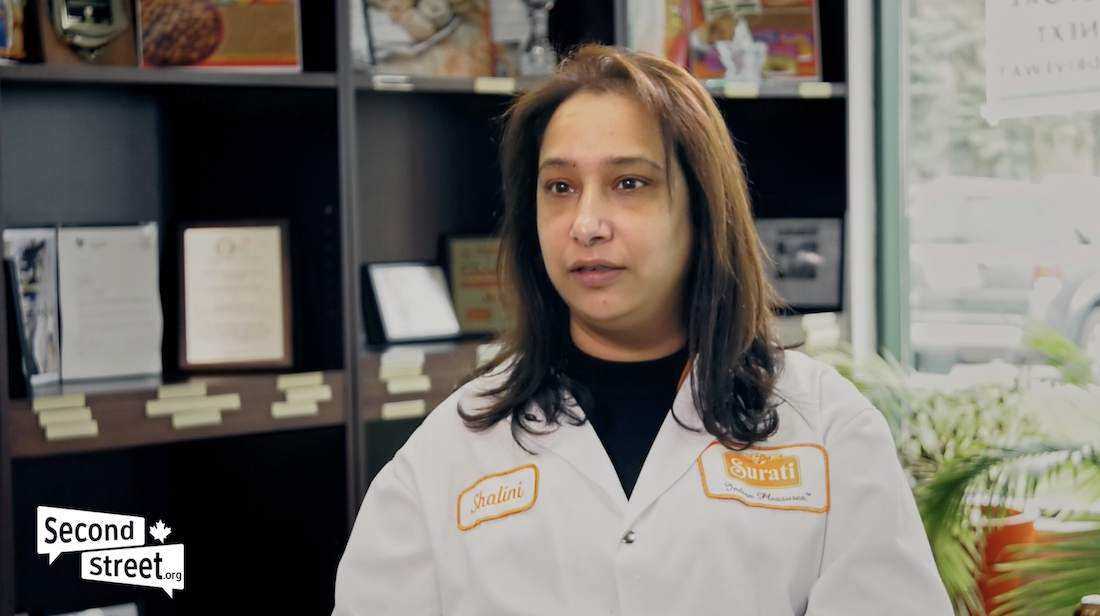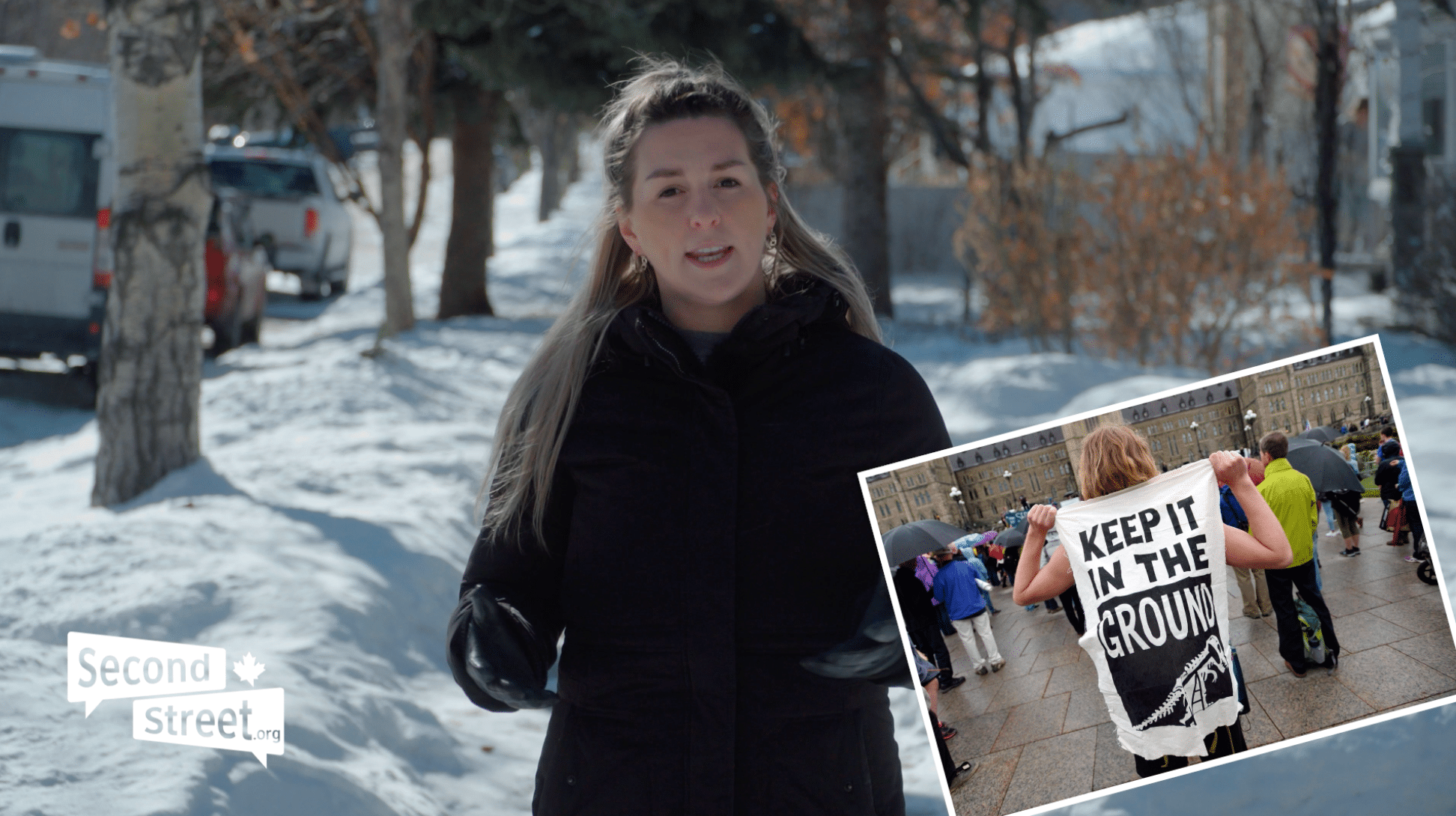
How Companies Are Tackling Climate Change By Using C02 In Products
SecondStreet.org discusses the innovative ways entrepreneurs are capturing CO2 to make useful products and tackle climate change.

SecondStreet.org discusses the innovative ways entrepreneurs are capturing CO2 to make useful products and tackle climate change.

New research by think tank SecondStreet.org highlights 25 innovative examples of entrepreneurs developing new ways to reduce carbon dioxide usage or repurpose the gas into useful products.

New research by think tank SecondStreet.org highlights 25 innovative examples of entrepreneurs developing new ways to reduce carbon dioxide usage or repurpose the gas into useful products.

SecondStreet.org contributor Heidi McKillop went up to Kitimat, B.C. in 2021 to learn more about natural resource development in the area and to speak with aboriginal people about the issue.

Oil and gas are incredibly important in our day-to-day lives. In this video, we go over the ways oil and gas products are important to the food supply chain.

Shalini Sheth told us she’s worried about the carbon tax and how it will hurt her business’s ability to compete…

This policy brief includes public opinion research on COVID-19, climate change and natural resource issues

Public policy think tank SecondStreet.org released public opinion research today that shows a majority of Canadians want governments to be focussed on fighting COVID-19 and returning things to normal rather than looking at restructuring the economy with higher carbon taxes, rebates, regulations and subsidies to address climate change.

In late 2020, the Government of Canada announced the carbon tax would rise from $30 per ton to $170 per ton by 2030. SecondStreet.org hired market research firm Leger to learn more about how Canadians feel about the proposed tax change.

Public policy think tank SecondStreet.org released public opinion research today that shows significant opposition to the federal government’s proposal to raise the carbon tax every year for the next nine years.

We recently explored Canada’s relationship with natural gas and what it would be like without having the resource in the winter.

Why does Quebec spend billions of dollars each year importing natural gas when it could develop and use its own local natural gas resources instead? That’s what we investigated …
If Canadians lived healthier lives, we could reduce demand for emergency services, orthopaedic surgeries, primary care and more.
For instance, if you visit the Canadian Cancer Society’s website, you’ll read that “about four in ten” cancer cases are preventable. The Heart and Stroke Foundation notes that “almost 80 percent of premature heart disease and stroke can be prevented through healthy behaviours.” A similar number of Diabetes cases are also preventable.
Many joint replacements and visits to ERs and walk-in clinics could also be avoided through healthy living.
To be sure, not all health problems can be avoided through healthy living – everyday the system treats Canadians with genetic conditions, helps those injured in unavoidable accidents and more.
But there is an opportunity to reduce pressure on the health care system through Canadians shifting to healthier lifestyles – better diets, more exercise, etc.
To learn more, watch our Health Reform Now documentary (scroll up) or see this column.
European countries will partner with anyone who can help patients.
It doesn’t matter if it’s a non-profit, a government entity or a private clinic. What matters is that patients receive quality treatment, in a timely manner and for a competitive price.
In Canada, governments often delivery services using government-run hospitals instead of seeing if non-profit or private clinics could deliver the services more effectively.
When governments have partnered with non-profit and private clinics, the results have often been quite good – Saskatchewan, Ontario and British Columbia are just a few examples of where partnerships have worked well.
Canada should pursue more of these partnerships to reduce wait times and increase the volume of services provided to patients.
To learn more, watch our Health Reform Now documentary (scroll up) or see the links above.
In Canada, citizens pay high taxes each year and we’re promised universal health care services in return. The problem is, wait times are often extremely long in our health system – sometimes patients have to wait years to see a specialist or receive surgery.
If patients don’t want to wait long periods, they often have to reach into their own pocket and pay for treatment outside the province or country.
Throughout the European Union, we also find universal health care systems. But a key difference is that EU patients have the right to go to other EU countries, pay for surgery and then be reimbursed by their home government. Reimbursements cover up to what the patient’s home government would have spent to provide the treatment locally.
If Canada copied this approach, a patient waiting a year to get their hip operation could instead receive treatment next week in one of thousands of surgical clinics throughout the developed world.
Governments benefit too as the patient is now back on their feet and avoiding complications that sometimes come with long wait times – meaning the government doesn’t have to treat those complications on top of the initial health problem.
To learn more, watch our Health Reform Now documentary (scroll up) or this shorter video.
Canada is the only country in the world that puts up barriers, or outright bans patients from paying for health services locally.
For instance, a patient in Toronto cannot pay for a hip operation at a private clinic in Toronto. Their only option is to wait for the government to eventually provide treatment or leave the province and pay elsewhere.
Countries with better-performing universal health care systems do not have such bans. They allow patients a choice – use the public system or pay privately for treatment. Sweden, France, Australia and more – they all allow choice.
Why? One reason is that allowing choice means some patients will decide to pay privately. This takes pressure off the public system. For instance, in Sweden, 87% of patients use the public system, but 13% purchase private health insurance.
Ultimately, more choice improves access for patients.
To learn more, watch our Health Reform Now documentary (scroll up) or watch this short clip on this topic.
In Canada, most hospitals receive a cheque from the government each year and are then asked to do their best to help patients. This approach is known as “block funding”.
Under this model, a patient walking in the door represents a drain on the hospital’s budget. Over the course of a year, hospital administrators have to make sure the budget stretches out so services are rationed. This is why you might have to wait until next year or the year after for a hip operation, knee operation, etc.
In better-performing universal health systems, they take the opposite approach – hospitals receive money from the government each time they help a patient. If a hospital completes a knee operation, it might receive, say, $10,000. If it completes a knee operation on another patient, it receives another $10,000.
This model incentivizes hospitals to help more patients – to help more patients with knee operations, cataract surgery, etc. This approach also incentivizes hospitals to spend money on expenses that help patients (e.g. more doctors, nurses, equipment, etc.) rather than using the money on expenses that don’t help patients (e.g. more admin staff).
To learn more about this policy option, please watch our Health Reform Now documentary (scroll up) or see this post by MEI.